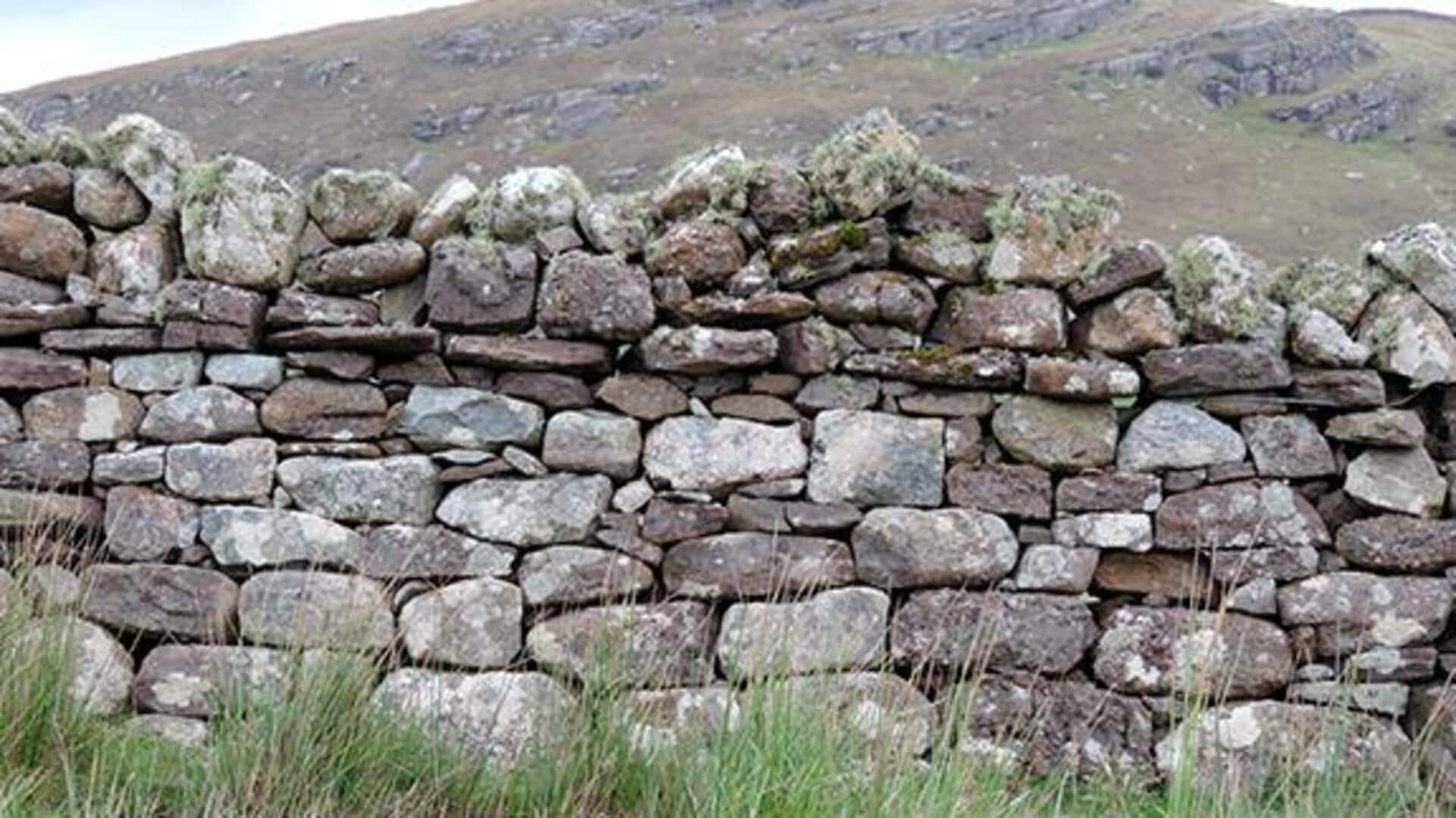
Dry stone walling: What it is and how to do
What's the story
Dry stone walling is a traditional craft that involves building walls by meticulously fitting stones together without any mortar for binding. This art form requires the careful choice and arrangement of stones to achieve stability and longevity. It has been integral to agriculture for hundreds of years, adding both practicality and beauty to landscapes worldwide.
Background
History and significance
Dry stone walling, a millennia-old craft, is the art of building walls without the use of mortar. Primarily serving agricultural needs such as livestock and crop boundaries, this technique has proven its durability over time. Beyond practicality, dry stone walling contributes to cultural heritage, preserving a tangible expression of past generations' skill and labor.
Stones
Materials used in dry stone walling
The main ingredient in dry stone walling is, of course, stone! The type of stone used can vary widely based on what's locally available. Common options include limestone, sandstone, granite, and slate. Choosing the right stones is key as it impacts the wall's overall strength and aesthetics. Flat and angular stones are ideal as they fit together more securely.
Construction
Techniques for building a dry stone wall
First, large stones are laid as a foundation for stability. Then, stones are selected by size and shape, gradually building the wall higher. Every layer has smaller stones, or "hearting," placed between the larger ones for added stability. Finally, capstones are placed to top the wall, further securing the structure.
Upkeep
Maintenance tips for dry stone walls
Even though dry stone walls are incredibly durable, they require occasional maintenance to ensure their continued strength. Regular inspections help pinpoint areas where stones may have moved or fallen due to natural occurrences such as frost heave or root growth. Repairing these walls involves carefully dismantling the affected areas and then reconstructing them using the same methods originally employed.